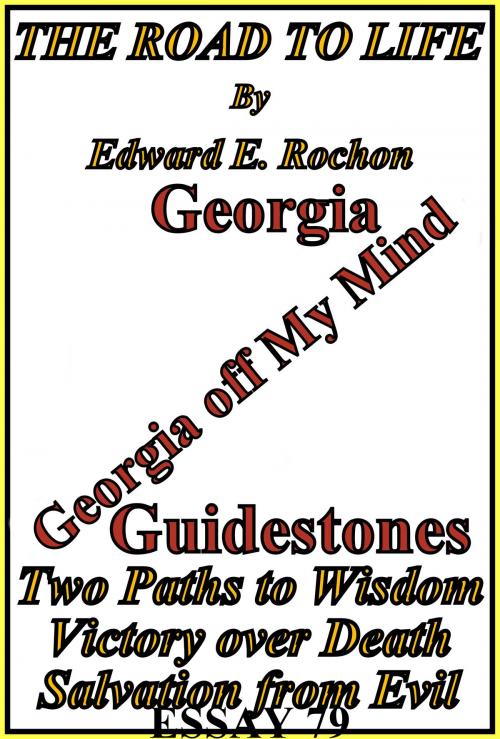The Road to Life
Nonfiction, Religion & Spirituality, Philosophy, Social & Cultural Studies, Political Science| Author: | Edward E. Rochon | ISBN: | 9781310006807 |
| Publisher: | Edward E. Rochon | Publication: | June 26, 2015 |
| Imprint: | Smashwords Edition | Language: | English |
| Author: | Edward E. Rochon |
| ISBN: | 9781310006807 |
| Publisher: | Edward E. Rochon |
| Publication: | June 26, 2015 |
| Imprint: | Smashwords Edition |
| Language: | English |
A preface introduces the subject of the two paths to sagacity. It notes the erection of the Georgia Guidestones and takes a dim view of them. Chapter 1 notes the problems of trying to foresee the future whether through science or intuition. It also points out the advantages of knowing the future. The nature of the thing tends toward determinist and totalitarian views of life, these being necessary to fix the future. The seer strives to make the future happen through manipulation. Failing that, he hides behind obscurity: heads I'm right; tails I'm right. It then points out that the soldier's way of perceiving what is before him, carrying over only what he needs to survive, to carry the field of battle as it were, is a better way. When he is convinced of an oracle from God, he follows it as orders from a commander on faith. I note that the Hebrew prophets were not happy in the role of prophet for the most part. Chapter 2 sees the Georgia Guidestones as an attempt to predict and control the future. It takes a dim view of the 10 guidelines on the monument and critiques them. Chapter 3 provides some commentary on the preceding chapter, and why the author holds these views.
A preface introduces the subject of the two paths to sagacity. It notes the erection of the Georgia Guidestones and takes a dim view of them. Chapter 1 notes the problems of trying to foresee the future whether through science or intuition. It also points out the advantages of knowing the future. The nature of the thing tends toward determinist and totalitarian views of life, these being necessary to fix the future. The seer strives to make the future happen through manipulation. Failing that, he hides behind obscurity: heads I'm right; tails I'm right. It then points out that the soldier's way of perceiving what is before him, carrying over only what he needs to survive, to carry the field of battle as it were, is a better way. When he is convinced of an oracle from God, he follows it as orders from a commander on faith. I note that the Hebrew prophets were not happy in the role of prophet for the most part. Chapter 2 sees the Georgia Guidestones as an attempt to predict and control the future. It takes a dim view of the 10 guidelines on the monument and critiques them. Chapter 3 provides some commentary on the preceding chapter, and why the author holds these views.















